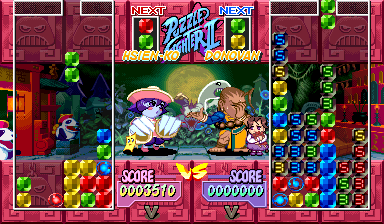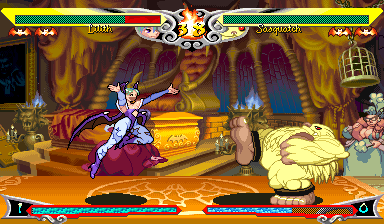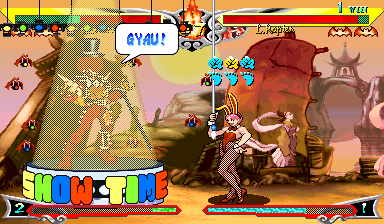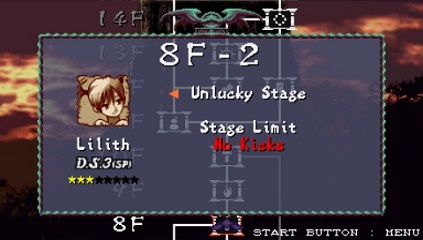
Q-BEE
Type:Soul Bee
Origin: Makai
(VA: Miyuki Matsushita)
One from a hive of Soul Bees who,
seemingly working alongside Jedah
(their hive is on his property), want
to feast on tasty souls.
|

HSIEN-KO
(JP: Lei-Lei)
Type:Jiangshi
Origin: China
(VA: Michiko Neya)
Twin sisters, Hsien-Ko and Mei-Ling
who unite their soul into the form
of a Jiangshi to hunt Darkstalkers and
save their mother's soul.
|

BABY BONNIE HOOD
(JP: Bulleta)
Type: Human Darkhunter
Origin: Northern Europe
(VA: Miyuki Matsushita)
An innocent-looking girl who is,
in truth, a ruthless, money-hungry
Darkhunter, using weapons from guns
to explosives to catch her bounty.
| | | 
























![[Pffft. - Ed]
That's right, laugh it up, buddy.
[Oh, I will. I want this one framed just for that 15 losses in the corner there.]](images/vsav/vsav13.png)









































